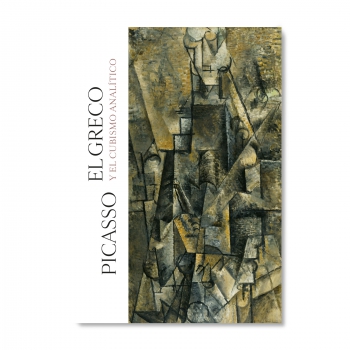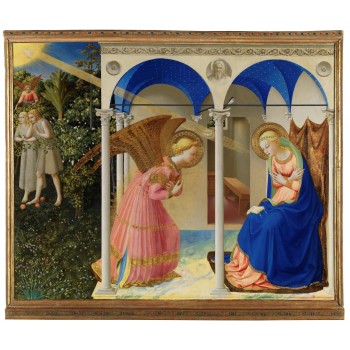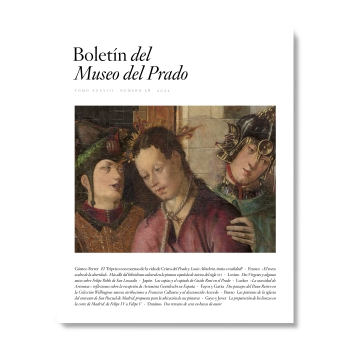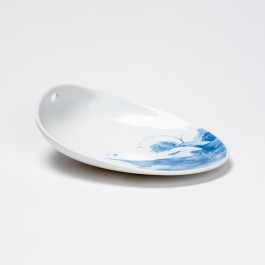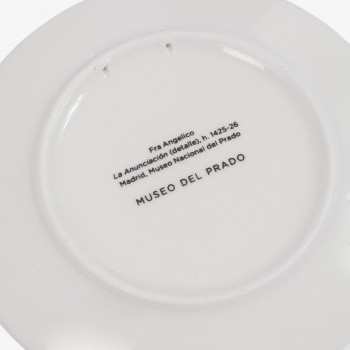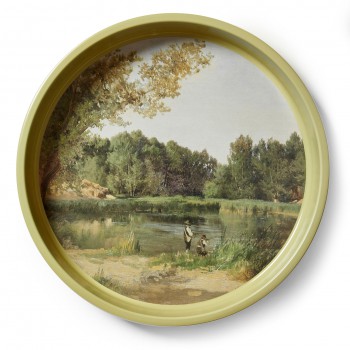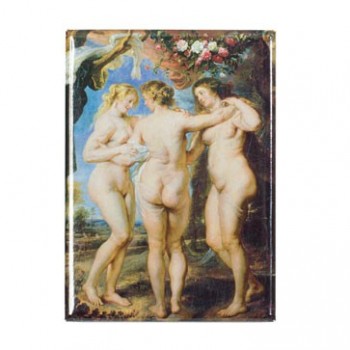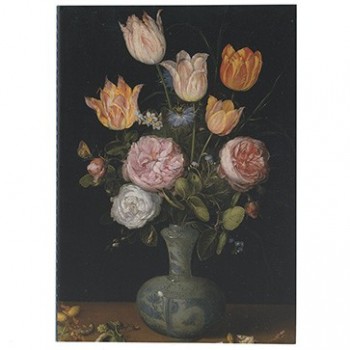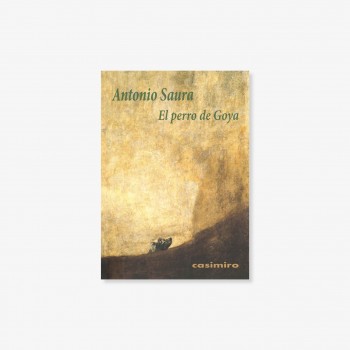The Fountain of Grace is not just the only painting from the circle of Jan van Eyck in the Prado’s collection but also one of the most intriguing. The identity of the artist, the work’s precise subject and origins remain unknown but have provoked enormous scholarly debate since it entered the museum’s collection nearly 200 years ago. New and interesting information arising from recent research and restoration has increased our knowledge of the work.
Donated by Enrique IV of Castile to the Monasterio del Parral in Segovia in the mid-fifteenth century, his arrival at the Museo de la Trinidad, after the process of confiscation of ecclesiastical assets of the 19th century, was a major event for the study of painting early Dutch in Spain. Its evident relationship with the famous Mystic Lamb Polyptych made by Hubert and Jan van Eyck for the Cathedral of Saint Bavo in Ghent, made The Fountain of Grace the most important Flemish painting, first of the Museo de la Trinidad and later of the Prado.
All kind of theories have been formulated about this work, often contradictory, about its author, origin, characters and theme, issues that have not yet been fully resolved.
This publication aims to publicize the progress in the knowledge of the work derived from the careful historical-artistic study and its restoration carried out by various specialists at the Prado Museum. These works have brought new and suggestive lines of research into the creative universe of Jan van Eyck, placing in its right value this fundamental work to understand the close cultural relationship between Flanders and Castile in the 15th century.
The edition was carried out by José Juan Pérez Preciado, museum technician in the Conservation Area of Flemish Painting and Northern Schools of the Museo Nacional del Prado.
ISBN: 9788484805137


